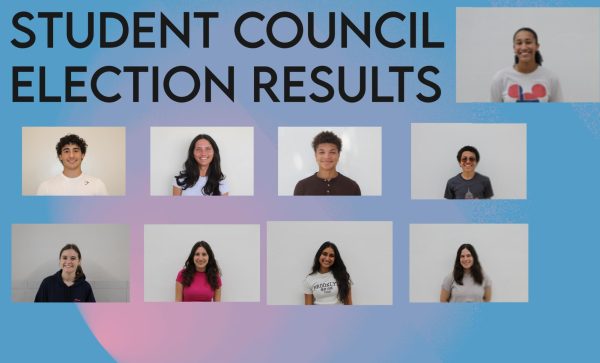Why Students Should Be Taught Critical Race Theory
November 11, 2021
It is difficult to deny the growing divide between Americans over the past year and a half. Groups have become further polarized, leaving civil conversations as a remnant of the past. Yet, education lies as our potential remedy for the better understanding of different groups in the U.S.. Students should be exposed to the history and legacy of racism in this country, which remains embedded in our legal systems and policies. As a result, critical race theory should be introduced in K-12 public schools to limit the divide for future generations and open the eyes of others to the reality we continue to live in.
Critical race theory is an academic concept that originated more than 40 years ago and is taught mainly in legal circles and graduate school programs. The theory’s core idea defines race as a social construct and that U.S. social institutions (criminal justice system, housing market, education system, healthcare system and labor market) remain embedded in racist laws, rules and procedures. Despite the rise in state bans against critical race theory-related education in classrooms, K-12 public schools do not currently teach the concept.
Opponents to the theory believe that CRT places the blame onto white people as individuals for racism. They label the theory as “racist against white people.” However, the theory separates Americans as individuals from the social institutions that govern them. Additionally, many Americans recognize the country’s racist past, but continue to label the U.S. as an “equitable democracy.” America does not represent equitable outcomes for all people. In fact, CRT and its subsequent conversations will aid in creating a path towards a more equitable democracy with opportunities open to all people.
Several states, including: Oklahoma, New Hampshire, Tennessee, Texas, Iowa, Arizona and South Carolina, passed legislation that banned CRT without explicitly stating, “Critical race theory.” In Florida, state school boards banned CRT-related discussions in the classrooms. The inability for a teacher to mention racism or any type of systemic discrimination in the U.S. places a heavy burden on all educators. Hiding the truth about our history and current reality cannot make it go away. At one point, all students take notice and face exposure to the racist reality we live in and, unfortunately for many, are shocked by their lack of knowledge on inequality.
The past year serves as a testament to the quick changes the media can force on a whole generation of students. On the internet, distribution of millions of videos a day demonstrating the racist systems we actively participate in and engage with has opened the eyes of all those with a social media account. The conversation has taken place there, so why can it not be formally addressed where we go to learn about the world we actively confront? The 2020 Black Lives Matter protests provided adolescents with only a simple taste of what racism actually is. As blunt as it may seem, the truth of the matter is that racism is ingrained in the everyday lives of Americans.
To start, students should learn about the repercussions of the 1986 Anti-Drug Abuse Act. This act established harsher penalties for the possession of crack cocaine than those of powder cocaine. Crack cocaine was cheaper and more prevalent in black communities. As a result, Black Americans faced higher likelihoods of conviction than white Americans. History has shown that the criminal justice system has never been on the side of Black Americans. Students should learn about how the federal government assigned low ratings to Black neighborhoods, making government-backed loans nearly impossible for Black families to access. Students should learn of the environmental hazards people of color experience at disproportionate rates in their neighborhoods. Students should learn about the racial disparities related to the COVID-19 vaccination process and the barriers that some groups of color have to overcome when accessing the medical system.
Critical race theory should be taught in K-12 schools because conversations on the basis of racism need to change. Recognition of our country’s dark history and current state may make ties to a clearer future. Our students must be exposed while on their educational path to reality in order to better understand and formulate solutions for the future of our nation.












